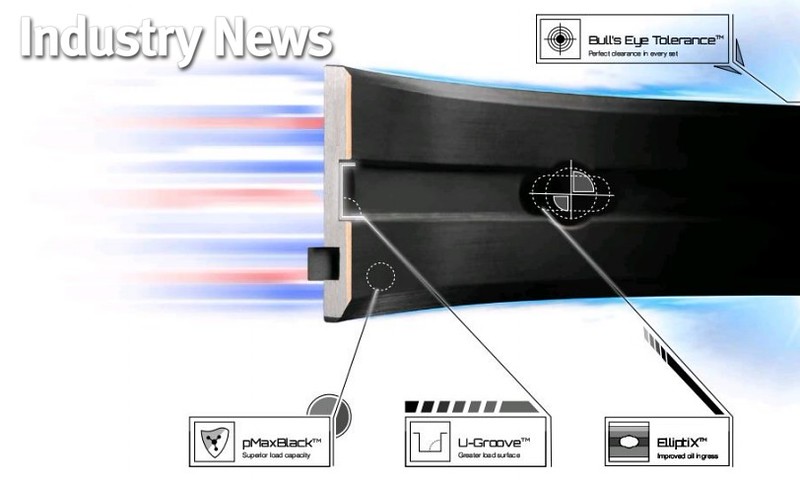Subaru EJ series engines are a highly reliable and fully competent engine that has proven itself over time in many naturally aspirated as well as turbocharged variants since its initial release in 1990. But as time went on, and the popularity of these engines increased, the limitations of the EJ platform became more evident. The original design of the EJ series engine was revised around 1999 when Subaru made two significant changes to the original design. The first was to move the thrust bearing from the number 3 position on the crankshaft to the number 5 position, and the oil feed in the block was modified to increase the oil being fed to the number 1 & 3 crank and rod bearings. This was a huge step forward in the EJ series engines and allowed Subaru to continue to raise the specific output of these engines over time with only a few other minor changes to the basic engine design.
These Phase 2 EJ engines are what Subaru’s current reputation was built upon. The reliability and the performance of these engines allowed Subaru to become a World champion rally car builder as well as a trustworthy carmaker with glowing referrals and win the admiration of some of the most loyal car buyers of today.
However, as time went on and racers began to really push the EJ engines, squeezing more and more power out of them while pushing them even harder, some old weaknesses reemerged. The rod bearings began to show signs of oil starvation again, demonstrating that the improvements implemented by Subaru were sufficient for most drivers but the additional stress from racing quickly revealed the limitations of the original equipment designs and materials
After much testing, King’s Techlab determined that to achieve the proper oil flow to the bearings required a complete overhaul of the OE bearing shape and materials. First off, the bearing needed a constant oil supply, so King’s XP bearings use their U-Groove™ oil channel to properly distribute oil, while the groove was also lengthened to supply oil during 360 degrees of rotation compared to only 220 degrees with the OE bearings. Then, King utilized their Elliptix™ oil slots that allow for greater oil flow with less restriction, and their no leak Smart-lug™ locating lug to keep the oil where it should be. All of these unique-to-King design enhancements were paired with King’s proven bearing materials and their pMax black™ metal structure for a 17% higher fatigue resistance on top of the geometric oil supply improvements.
All of King’s analysis, design, and engineering has been incorporated into the perfect bearing to solve this oil starvation issue once and for all. King’s XP bearings for the EJ engines were designed specifically to address the needs of these particular engines.









